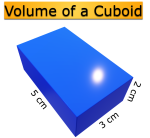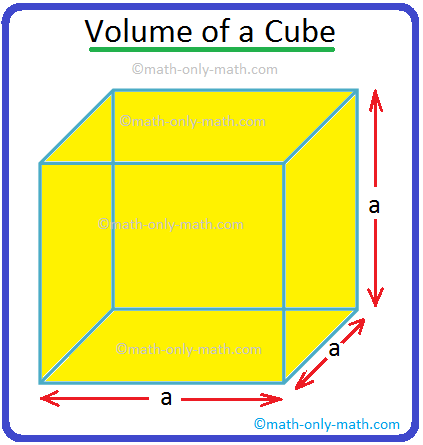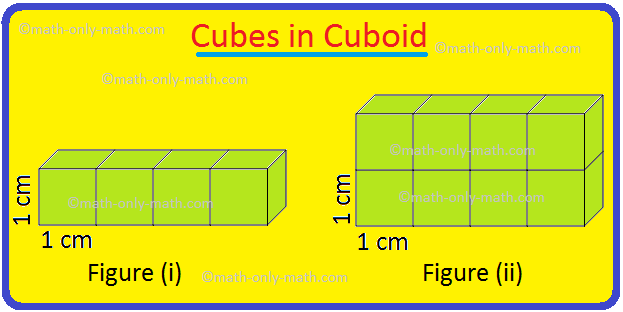Subscribe to our ▶️ YouTube channel 🔴 for the latest videos, updates, and tips.
Home | About Us | Contact Us | Privacy | Math Blog
Inverse Trigonometric Functions
We will discuss here about Inverse trigonometric Functions or inverse circular functions.
The inverse of a function f: A → B exists if and only if f is one-one onto (i.e., bijection) and given by
f(x) = y⇔ f−1 (y) = x.
Consider the sine function. Clearly, sin: R → R given by sin θ = x for all θ ∈ R is a many-one into function. So, its inverse does not exist. If we restrict its domain to the interval [- π2, π2] then we may have infinitely many values of the angle θ which satisfy the equation sin θ = x i.e., sine of any one of these angles is equal to x. Here angle θ is represented as sin−1x which is read as sine inverse x or arc sin x. Therefore, the symbol sin−1x represents an angle and the sine of this angle has the value x.
Note the difference between sin−1x
and sin θ: sin−1x represents an
angle while sin θ represents a
pure number; again, for a given value of x (- 1 ≤ x ≤ 1) we may have infinitely many vales of sin−1x
i.e., sin−1x is a multiple-valued
function; but a given value of θ gives a definite finite value of sin θ i.e.,
sin θ is a single-valued function. Thus, if x is a real number lying
between -1 and 1, then sin−1 x is an angle between - π2
and π2 whose sine is x i.e.,
sin−1x = θ
⇔ x = sin θ, where - π2 ≤ x ≤ π2 and - 1 ≤ x ≤ 1.
In the above discussion we have restricted the sine function to the interval [- π2, π2] to ake it a bijection. In fact we restrict the domain of sin θ to any of the interval [- π2, π2], [3π2, 5π2], [- 5π2, -3π2] etc. sin θ is one-one onto function with range [-1, 1]. We therefore conclude that each of these intervals we can define the inverse of sine function. Thus sin−1x is a function with domain [-1, 1] = {x ∈ R: - 1 ≤ x ≤ 1} and range [- π2, π2] or [3π2, 5π2] or [- 5π2, -3π2] and so on.
Similarly, if cos θ = x (- 1 ≤ x ≤ 1 ) then θ = cos−1x i.e., cos−1x (cos-inverse x) represents an angle and the cosine of this angle is equal to x. We have similar significances of the angles tan−1x (tan-inverse x), cot−1x (cot-inverse x), sec−1x (sec-inverse x) and csc−1x (csc-inverse x).
Therefore, if sin θ = x (- 1 ≤ x ≤ 1) then θ = sin−1x;
if cos θ = x (- 1 ≤ x ≤ 1) then θ = cos−1x ;
if tan θ = x (- ∞ < x < ∞) then θ = tan−1x ;
if csc θ = x (I x I ≥ 1) then θ = csc−1x.
if sec θ = x (I x I ≥ 1) then θ = sec−1x ; and
if cot θ = x (- ∞ < x < ∞) then θ = cot−1x ;
Conversely, sin−1x = θ ⇒ sin θ = x;
cos−1x = θ ⇒ cos θ = x
tan−1x = θ ⇒ tan θ = x
csc−1x = θ ⇒ csc θ = x
cot−1x = θ ⇒ cot θ = x
The trigonometrical functions sin−1x, cos−1x, tan−1x, cot−1x, sec−1x and csc−1x are called Inverse Circular Functions.
Note: It should be noted that sin−1x is not equal to (sin x)−1. Also noted that (sin x)−1is an angle whose sin is x. Remember that sin−1x is a circular function but (sin x )−1 is the reciprocal of sin x i.e., (sin x)−1 = 1/sin x and it represents a pure number.
● Inverse Trigonometric Functions
- General and Principal Values of sin−1 x
- General and Principal Values of cos−1 x
- General and Principal Values of tan−1 x
- General and Principal Values of csc−1 x
- General and Principal Values of sec−1 x
- General and Principal Values of cot−1 x
- Principal Values of Inverse Trigonometric Functions
- General Values of Inverse Trigonometric Functions
- arcsin(x) + arccos(x) = π2
- arctan(x) + arccot(x) = π2
- arctan(x) + arctan(y) = arctan(x+y1−xy)
- arctan(x) - arctan(y) = arctan(x−y1+xy)
- arctan(x) + arctan(y) + arctan(z)= arctanx+y+z–xyz1–xy–yz–zx
- arccot(x) + arccot(y) = arccot(xy−1y+x)
- arccot(x) - arccot(y) = arccot(xy+1y−x)
- arcsin(x) + arcsin(y) = arcsin(x √1−y2 + y√1−x2)
- arcsin (x) - arcsin(y) = arcsin (x √1−y2 - y√1−x2)
- arccos (x) + arccos(y) = arccos(xy - √1−x2√1−y2)
- arccos(x) - arccos(y) = arccos(xy + √1−x2√1−y2)
- 2 arcsin(x) = arcsin(2x√1−x2)
- 2 arccos(x) = arccos(2x2 - 1)
- 2 arctan(x) = arctan(2x1−x2) = arcsin(2x1+x2) = arccos(1−x21+x2)
- 3 arcsin(x) = arcsin(3x - 4x3)
- 3 arccos(x) = arccos(4x3 - 3x)
- 3 arctan(x) = arctan(3x−x31−3x2)
- Inverse Trigonometric Function Formula
- Principal Values of Inverse Trigonometric Functions
- Problems on Inverse Trigonometric Function
11 and 12 Grade Math
From General solution of Trigonometric Equation to HOME PAGE
Didn't find what you were looking for? Or want to know more information about Math Only Math. Use this Google Search to find what you need.
Recent Articles
-
Worksheet on Area, Perimeter and Volume | Square, Rectangle, Cube,Cubo
Jul 25, 25 12:21 PM
In this worksheet on area perimeter and volume you will get different types of questions on find the perimeter of a rectangle, find the perimeter of a square, find the area of a rectangle, find the ar… -
Worksheet on Volume of a Cube and Cuboid |The Volume of a RectangleBox
Jul 25, 25 03:15 AM
We will practice the questions given in the worksheet on volume of a cube and cuboid. We know the volume of an object is the amount of space occupied by the object.1. Fill in the blanks: -
Volume of a Cuboid | Volume of Cuboid Formula | How to Find the Volume
Jul 24, 25 03:46 PM
Cuboid is a solid box whose every surface is a rectangle of same area or different areas. A cuboid will have a length, breadth and height. Hence we can conclude that volume is 3 dimensional. To measur… -
Volume of a Cube | How to Calculate the Volume of a Cube? | Examples
Jul 23, 25 11:37 AM
A cube is a solid box whose every surface is a square of same area. Take an empty box with open top in the shape of a cube whose each edge is 2 cm. Now fit cubes of edges 1 cm in it. From the figure i… -
5th Grade Volume | Units of Volume | Measurement of Volume|Cubic Units
Jul 20, 25 10:22 AM
Volume is the amount of space enclosed by an object or shape, how much 3-dimensional space (length, height, and width) it occupies. A flat shape like triangle, square and rectangle occupies surface on…





New! Comments
Have your say about what you just read! Leave me a comment in the box below. Ask a Question or Answer a Question.